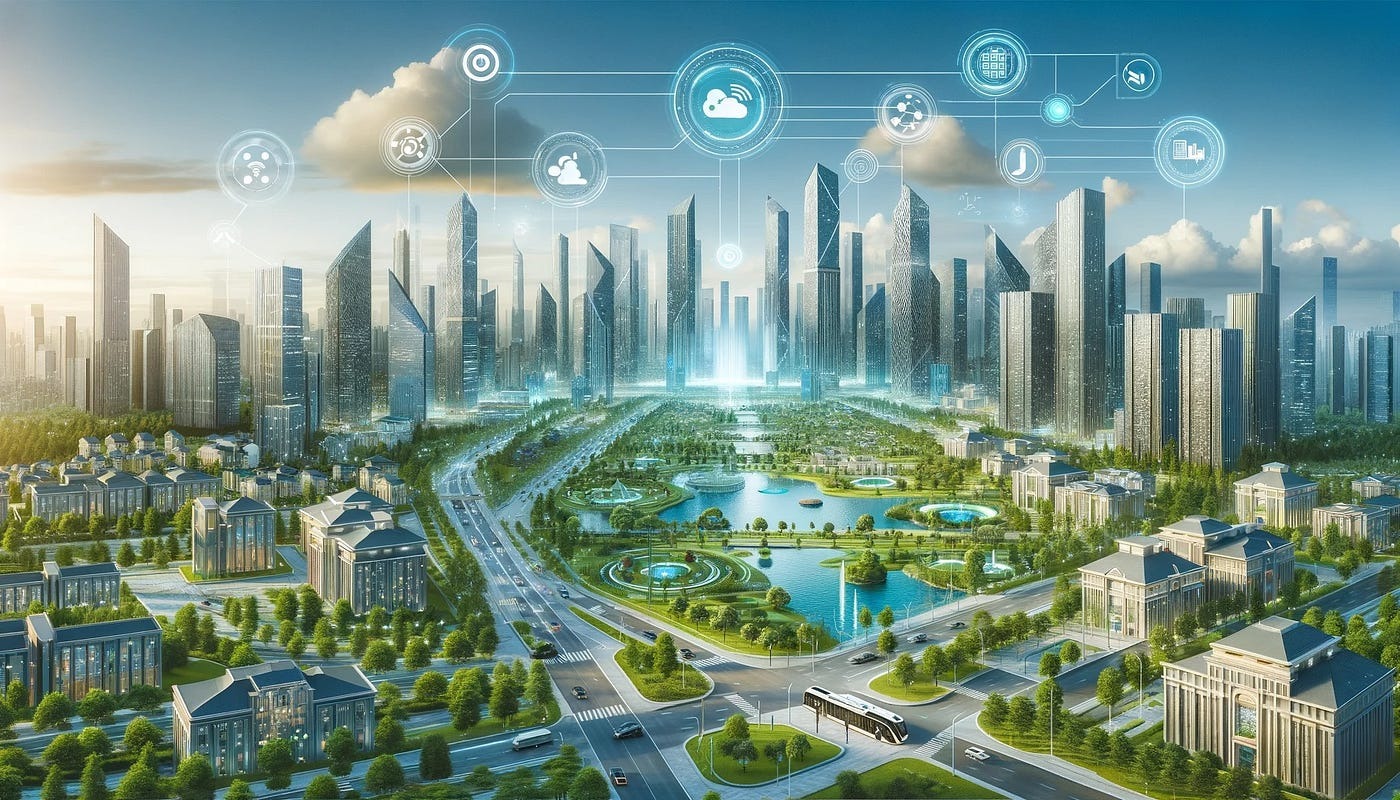Key Takeaways
- Urban living is increasingly defined by the integration of technology and sustainability, with a growing emphasis on creating environments that balance innovation and ecological responsibility.
- Technological advancements like smart cities and IoT are reshaping urban life, enhancing efficiency while promoting sustainability through intelligent resource management.
- Sustainable practices such as green design, renewable energy, and eco-friendly transportation are crucial for addressing urban challenges and improving the quality of life for city dwellers.
Urban living presents an intricately woven fabric of convenience, innovation, and challenges. As city landscapes transform, the notion of what constitutes an ideal living space is equally evolving. Residents now seek a balance not just between infrastructure and green environments, but also between technological advancements and sustainable practices shaping modern metropolises. The diverse array of Washington DC homes for sale highlights this trend, embodying the pursuit of technology with an eye on responsible urban growth.
Homes for sale in Washington, DC, offer a diverse mix of historic row houses, modern condos, and spacious single-family homes, catering to a wide range of buyers. Whether you’re looking for a trendy apartment in the heart of Capitol Hill or a family-friendly home in Northwest DC, the city’s real estate market has something for everyone. With its vibrant neighborhoods and proximity to cultural landmarks, homes for sale in Washington, DC are in high demand, making it a competitive market for both first-time buyers and seasoned investors.
While technological advancements enhance urban life quality, they also underscore the necessity for sustainable practices. The continued expansion of cities worldwide prompts a need for efficient solutions to urban problems. Prospective homebuyers and city planners alike are now, more than ever, focused on how contemporary living can coalesce with environmental stewardship. This article delves into the multifaceted aspects of modern urban living, examining how cities can embrace change while fostering community and ecological well-being.
Introduction to Urban Living
Cities have always served as cradles of innovation, embodying a dynamic intersection of culture, economy, and community. Today’s urban residents demand more from their environments, searching for not only functionality but a lifestyle that enriches their well-being and offers sustainability. Recent urban development initiatives have increasingly emphasized integrating smart technologies and green design to meet these rising expectations.
Technological Advancements in City Life
The heartbeat of future cities lies in tech innovation. The rise of smart cities illustrates this trend, where IoT and data analytics streamline city operations to improve efficiency and life quality. Everyday conveniences are enhanced through applications that oversee everything from traffic patterns to energy management, promoting a more harmonious urban ecosystem. These smart systems anticipate the needs of residents, deploying resources efficiently and contributing to sustainable urban growth.
Sustainable Practices in Urban Development
In response to the pressing issues of climate change, cities across the globe are adopting pivotal sustainable practices. Building regulations have been updated to include requirements for renewable energy sources such as solar panels and the use of sustainable materials. Urban gardening and rooftop farming initiatives are gaining popularity as solutions to reduce the carbon footprint while greening city environments, thereby enhancing biodiversity and air quality.
The Role of Architecture in Modern Cities
Modern architecture bridges the past and the future, crafting spaces that resonate with cultural heritage while aligning with environmental necessities. Architectural designs today heavily emphasize sustainability and resilience, using innovative materials such as cross-laminated timber and recycled composites. These advancements not only enrich the aesthetic qualities of urban spaces but also strengthen the resilience of these areas against climate challenges.
Transportation Innovations
Innovations in urban transportation are revolutionizing city infrastructure, aiming to decrease emissions while enhancing accessibility. The integration of electric buses, bike-sharing programs, and expanded pedestrian zones reflects the shift towards sustainable commuting. Municipalities are increasingly prioritizing the transition from fossil fuels to greener alternatives, drastically impacting a city’s ecological footprint while boosting commuter satisfaction.
READ MORE : Zaxbys Menu 2025 – Latest Deals & Offers
Impact of Green Spaces on Urban Wellness
Green spaces serve as urban sanctuaries, providing critical areas for relaxation and recreation amid bustling city life. Numerous studies underscore a strong connection between proximity to nature and improved mental health. Parks, rooftop gardens, and urban greenways not only add beauty to the cityscape but also act as vital oxygen sources. Research has shown that increased exposure to natural environments correlates with overall health improvements and reduced stress levels among urban dwellers.
Challenges and Solutions
Despite the strides made in creating cohesive urban environments, cities face persistent issues such as overcrowding, pollution, and inefficient resource management. Addressing these problems requires a collaborative approach involving governmental policy shifts, urban planning innovations, and active community participation. Successful examples from globally recognized eco-friendly cities, like Curitiba, Brazil, can offer valuable lessons in establishing efficient public transport and green initiatives.
Looking Ahead: Integrating Technology and Sustainability
The future of urban living teeters on the delicate balance between technological integration and sustainable development. This equilibrium will ultimately determine whether cities can serve not only as functional centers but also as vibrant, livable spaces for their residents. A forward-thinking city will leverage technological advancements while maintaining a firm commitment to sustainable growth. The World Economic Forum emphasizes that a comprehensive approach, integrating both technological and environmental strategies, is pivotal for creating future-ready urban landscapes.

